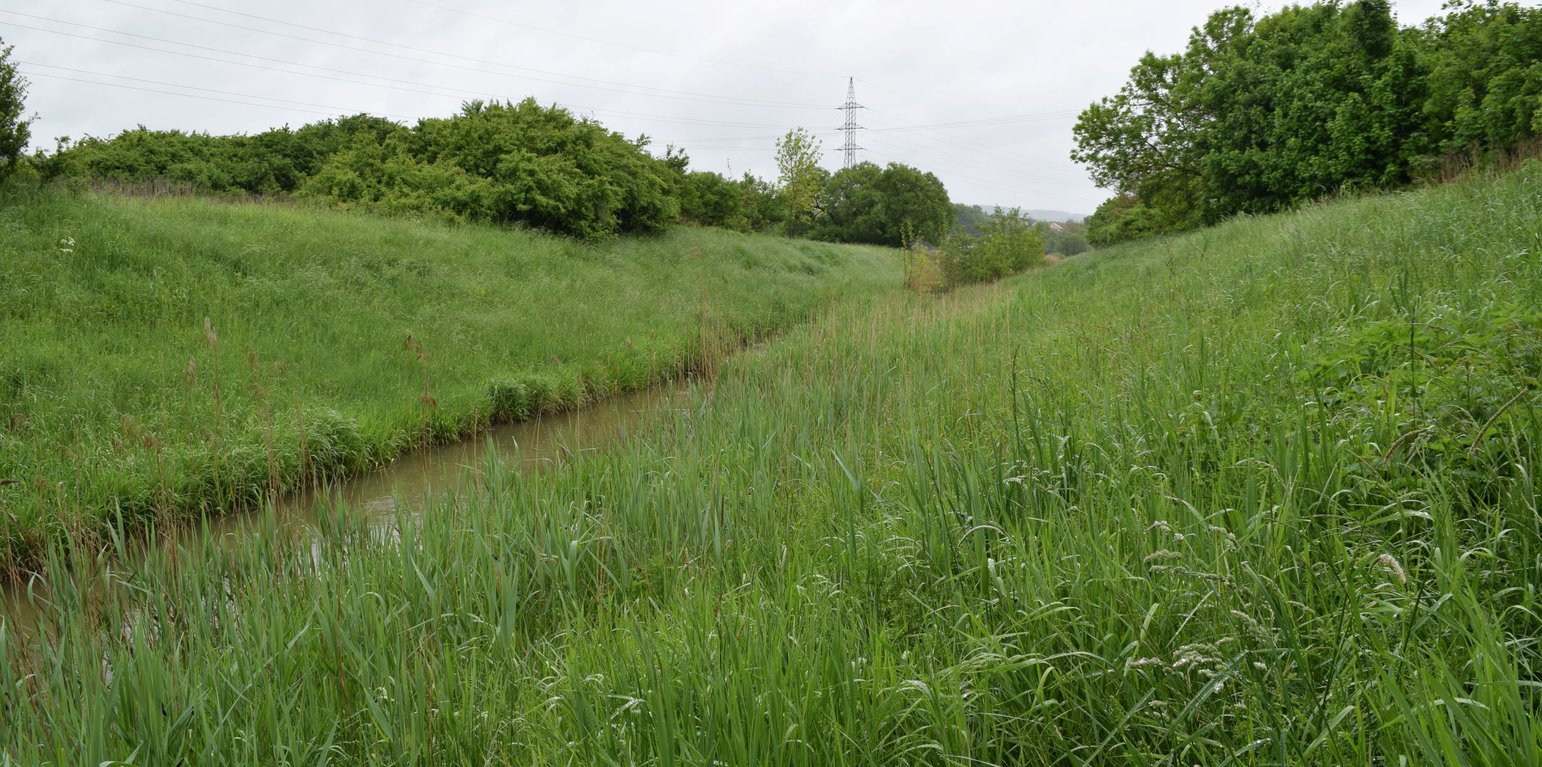



Vegetative riparian buffers are strips of trees and other vegetation alongside surface water bodies such as streams or ponds. They are used in natural environments, as well as in urban, agricultural and wetland areas. Their main function is to provide a natural buffer to increase infiltration, and to filter out nutrients and sediment transported from agricultural fields – thus preventing it reaching (and polluting) water bodies. Riparian buffers also help moderate flow. Creating such green corridors alongside waterlines is advantageous ecologically as well. However, land users usually prefer cultivating the largest possible area of land, so they dislike leaving significant areas abandoned to nature. Another complaint is that riparian buffers provide habitats for wildlife, often resulting in damage to cropland.
Where a natural buffer does not exist - mostly in the neighbourhood of agricultural fields - it can be created by planting trees and bushes alongside the water body. Variable buffer width design with an average width of 15 m (max. 20 m) is recommended.
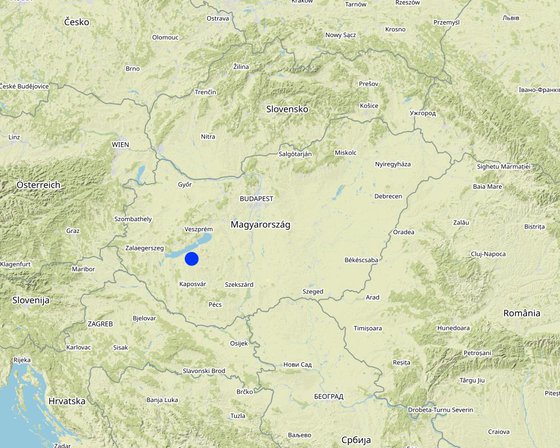
Location: The site where the technology is applied is situated within the catchment of Tetves stream, which belongs to the Balaton Catchment Area in the western Hungary. The climate is moderately warm, moderately humid, mean annual temperature is about 10 ˚C. The average amount of rainfall is between 600 and 700 mm / year., Somogy, Hungary
No. of Technology sites analysed: 2-10 sites
Spread of the Technology: applied at specific points/ concentrated on a small area
In a permanently protected area?: Nee
Date of implementation: 10-50 years ago
Type of introduction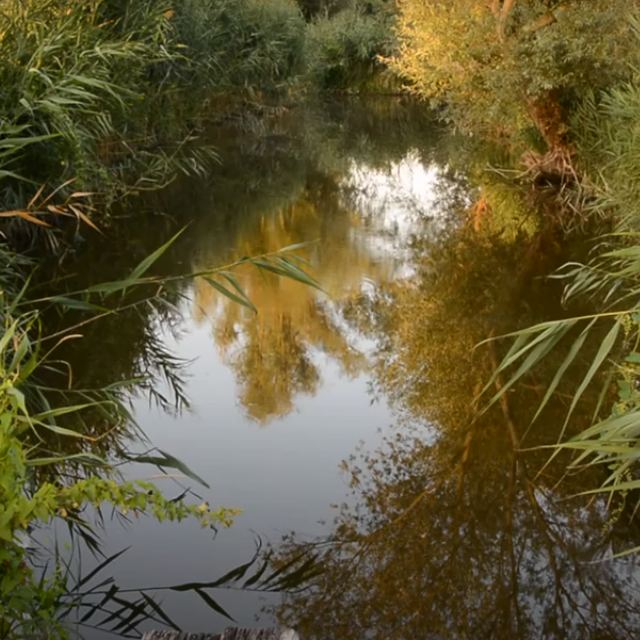
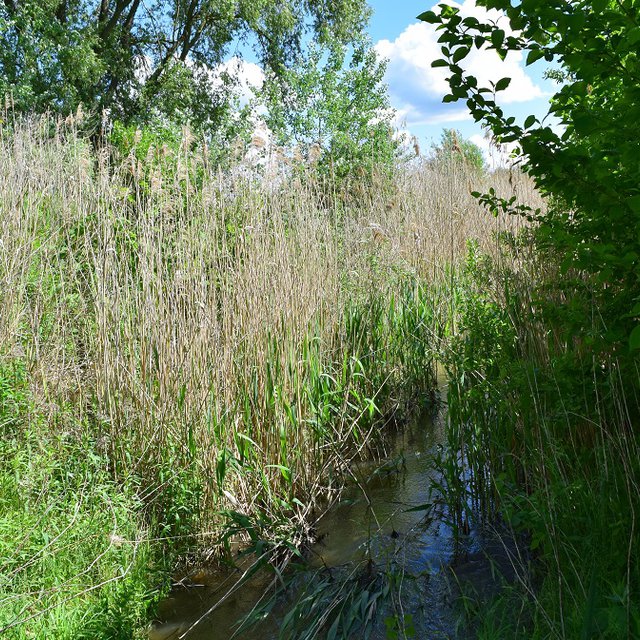


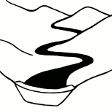




| Specify input | Unit | Quantity | Costs per Unit (USD) | Total costs per input (USD) | % of costs borne by land users |
| Labour | |||||
| Soil preparation | person-day | 2.0 | 50.0 | 100.0 | 100.0 |
| Planting (4000 seedlings on 1 hectare) | person-day | 3.0 | 50.0 | 150.0 | 100.0 |
| Equipment | |||||
| Soil preparation | hiring cost/day | 1.0 | 400.0 | 400.0 | 100.0 |
| Planting | hiring cost/day | 1.0 | 100.0 | 100.0 | 100.0 |
| Plant material | |||||
| Seedlings | piece | 4000.0 | 0.1 | 400.0 | 100.0 |
| Total costs for establishment of the Technology | 1'150.0 | ||||
| Total costs for establishment of the Technology in USD | 1'150.0 | ||||
| Specify input | Unit | Quantity | Costs per Unit (USD) | Total costs per input (USD) | % of costs borne by land users |
| Labour | |||||
| No maintenance required | |||||
Crop production will decrease slightly because the cultivated area will be less, but it is not significant from an economic point of view.
Both on-site and off-site positive effect can be observed because the inflow waters (e.g Tetves) quality can help to protect Lake Balaton from eutrophication.
Riparian buffers are permanent vegetation covers.
It provides a wildlife habitat and corridors for terrestrial organisms
It can filter nutrients, pesticides, and animal waste from agricultural land runoff